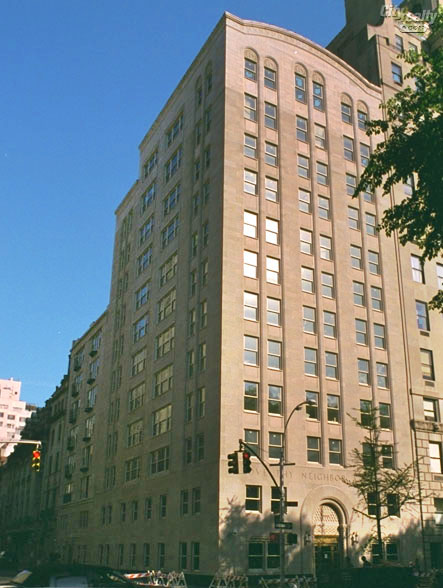
Ah the horrors of global climate change. While some of our top minds are busy working on some way, any way to deal with the fact that the angry ocean is planning on swallowing us up, us lesser minds can focus on other things like who we should be blaming for the looming catastrophe. There’s plenty of blame to go around of course, but let’s focus on the richest New Yorkers in the city’s most expensive buildings, buildings that a new report says are using an inefficient, disproportionate share of the city’s energy resources.
The report, from Climate Works For All, doesn’t go as far as saying that the most expensive buildings in New York are solely to blame for the city’s energy inefficiency. That being said, they point out that 70% of the city’s greenhouse gas emissions come from buildings, and of that, 45% of those emissions come from just 2% of the city’s buildings. Climate Works For All then cross-referenced residents “who are on the Forbes Billionaires list, buildings in Business Insider’s 20 Most Expensive Buildings in New York City, and more, and then cross-referenced these addresses with New York City’s Energy Benchmarking data” to come up with a list of the 10 most elite, energy wasting buildings in the city.
It’s quite a list, with two separate Trump properties, a building that’s home to a Koch and another home to a Walmart heir, and a building that sells apartments for $4,839/square foot. Every single building on the list has an energy use intensity (which measures the energy use of a building per square foot) well over the median EUI for their building types, with four of them existing in the 90th percentile of energy use.
CWFA lays out some recommendations that they think the city should phase into its building code, like making all new construction zero net energy buildings (which provides on-site or off-site renewable energy equal to the amount of non-renewable used by the building) and switching over to a passive house standard for new construction. Whether those standards become the city’s new reality is yet to be seen, but the good news for the rich is that there are services like BLADE (Uber for helicopters) that they’ll be able to use to escape rising tides, if an escape like that is even necessary because their building isn’t a giant high rise.
Leave a Reply



